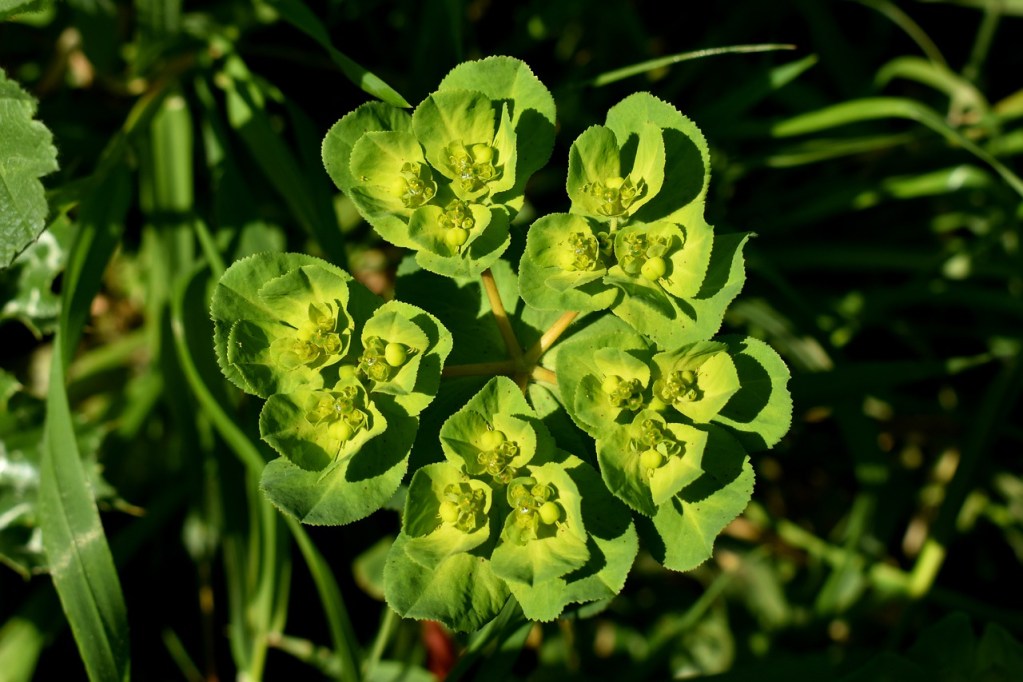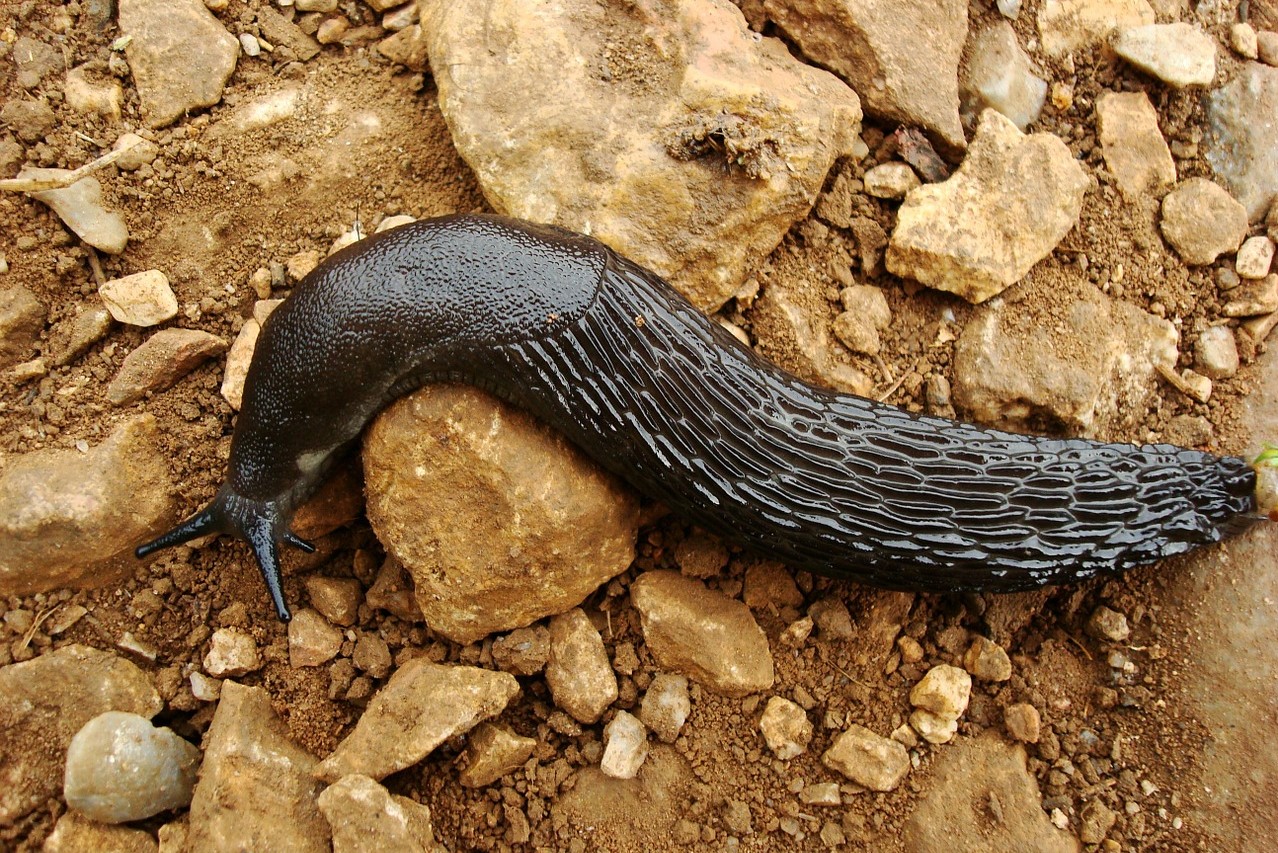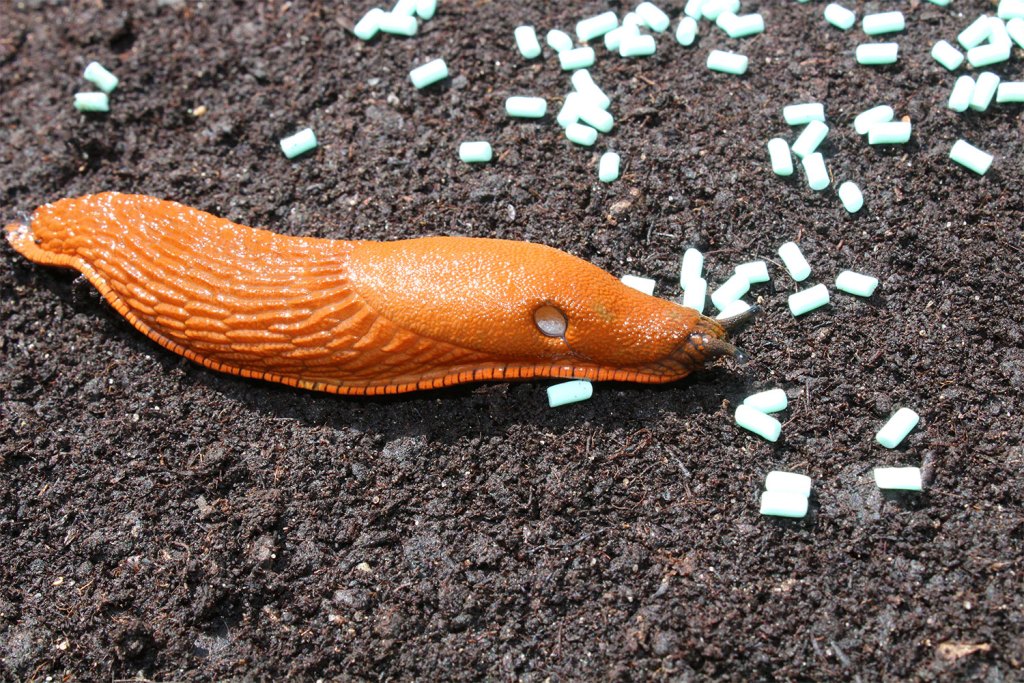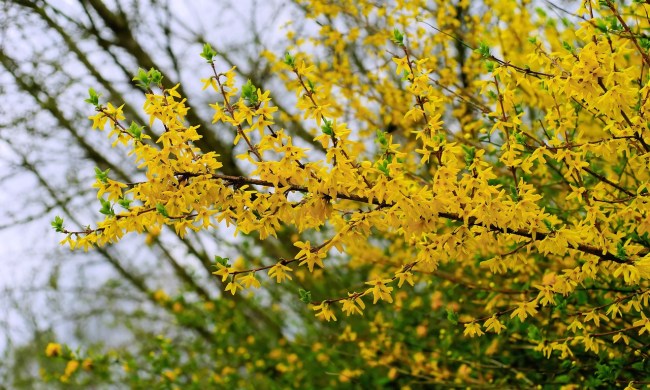There are plenty of garden pests that can ruin your day, but slugs top the list for many gardeners. They leave their slime on your walkways, munch on your vegetables, and are a real pain to get rid of. There are lots of organic home remedies and natural pest control options, but which ones really work? If you want to know how to get rid of slugs, then you’re in luck. We have compiled 10 methods that actually help reduce the number of slugs in your garden. Take a look through our list, pick a couple, and give them a try!
Changing your garden
If you haven’t planted your garden yet, then these first two tips will be easier for you. The first tip is to leave a bare strip of dirt around your garden. This helps keep slugs away from your plants by taking away the shelter they would receive from grass or weeds. Without plants to hide under, slugs and other ground-crawling pests are exposed to the sun and predators. Additionally, the rough texture of dirt can be unpleasant for soft-bodied pests like slugs.
The second way you can change your garden is by placing plants that slugs are attracted to, such as lettuce and kale, in the center of your garden and then surrounding them with plants that slugs aren’t interested in. Ferns are a good choice for many gardeners, since they’re low maintenance. Fragrant herbs, like rosemary and lavender, offer two benefits. They keep slugs away and attract beneficial insects. Some plants contain toxic sap that discourages pests from chewing on them. Two flowers that offer this benefit are Japanese anemone and euphorbia.

Coffee grounds, Epsom salt, and eggshells
Coffee grounds are acidic and have a texture that slugs find unpleasant to move across. Since they are looser than soil, coffee grounds may even stick to the slugs, increasing how unpleasant the experience is and decreasing the chances that the slugs will return. Coffee grounds are also biodegradable, so you don’t need to worry too much about the environmental impact.
Epsom salt works in a similar way as coffee grounds, with a key difference. Rather than rough, Epsom salt is sharp. It’s made of tiny salt crystals that can scratch slugs. Although it has salt in the name, Epsom salt doesn’t dehydrate slugs the same way table salt does. However, it’s much friendlier to your garden than table salt.
Eggshells are another sharp option. Break them up into small shards, and the sharp edges will ward away slugs. Eggshells are also biodegradable and can add some nutrients to your soil as they break down. This option is the most effective when used alongside another substance, such as coffee grounds or Epsom salt. These three methods pair very nicely with the bare earth barrier.

Copper and beer traps
Copper has an interesting effect on slugs, and it has become a debate among gardening communities. For many gardeners, a strip of copper tape 5 cm wide repels slugs. It’s unclear if this is because of the texture of the tape or an unpleasant chemical reaction between the slug’s slime and the copper. Not every gardener sees success with this method, but enough gardeners swear by it that it’s worth mentioning.
Beer traps are easy to set up and quite effective. Rather than repelling slugs, beer traps kill them outright. Slugs are attracted to beer, primarily because of the yeast content. Set out a few bowls or cups of beer in and around your garden. Slugs come to drink the beer, fall into the bowl, and drown. Collect the cups the next day, discard the slugs, and your trap is ready to set out again.

Using predators
There are two ways to use predators to control your slug problem. You can release predators into your garden, or you can lure them in. Although you could theoretically release several slug predators, such as frogs and ducks, this method works best with nematodes. These predators are also known as roundworms and are tiny worm-like insects that live in the soil. There are many kinds and several of which will hunt and kill slugs.
Luring predators works better with larger predators. Frogs and ducks will eat slugs, and many other types of birds will eat baby slugs in the spring, but not adult slugs. The best way to attract birds and frogs is to ensure your garden has a water source nearby, a food source in addition to the slugs, such as a bird feeder, and shelter.

Pesticides
Although many gardeners find pesticides distasteful, there comes a time when they’re necessary. If you’re facing a severe slug infestation, then pesticides may be your best option. For organic options, you can use an allicin spray. Neem oil may also work, but it isn’t quite as effective. If you need something harsher, metaldehyde is a common slug killer that’s very effective, but also extremely toxic.
Slugs can be tricky to get rid of, and it will typically take a combination of two or more methods to really keep them out of your garden. Now that you know how to get rid of slugs with these 10 methods, you’re better prepared to protect your vegetables from these pesky pests. Whether you stick to just one or mix and match them to get better coverage, we wish you the best of luck in keeping your garden safe from these nasty pests.



